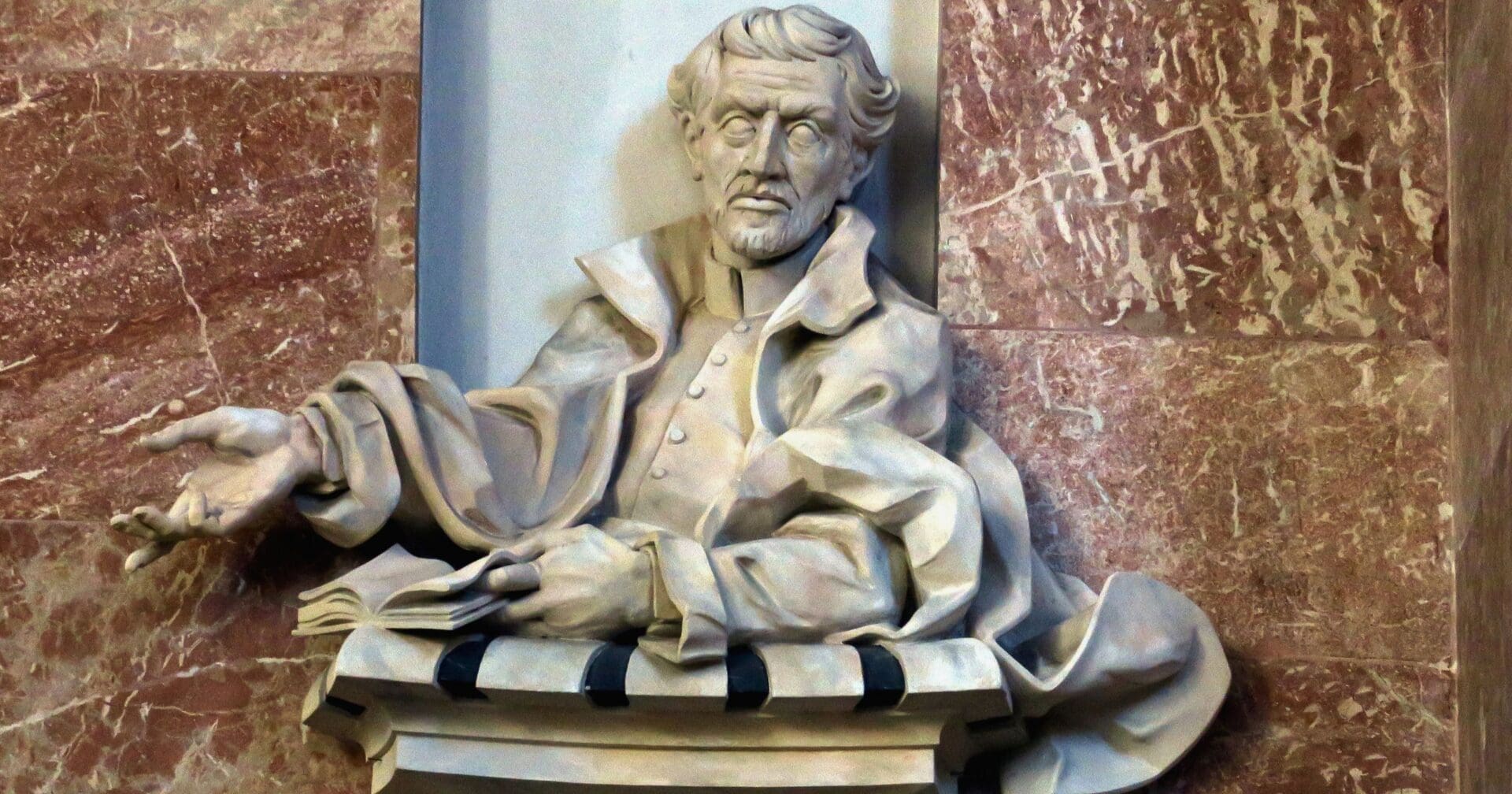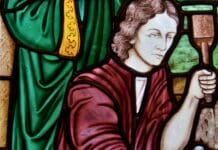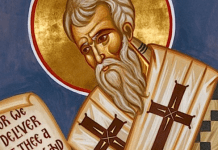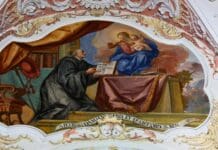In the mid-16th century, a time marked by religious upheaval and the aftermath of the Council of Trent, the Vatican faced a daunting challenge. It needed to disseminate the Council’s decrees to bishops across Europe, a task fraught with danger due to Protestant hostility and rampant banditry. The first messenger tasked with this mission was robbed, highlighting the need for someone both brave and inconspicuous.
Enter Peter Canisius, a 43-year-old well-respected Jesuit. Known for founding colleges esteemed even by Protestants, Canisius was the Vatican’s choice for this perilous task. He was assigned the role of an official “visitor” of Jesuit foundations as a cover. Unlike modern spies with their ingeniously hidden microfilms, Canisius had to transport the substantial Tridentine volumes, each 250 pages, and additional books for his university, across Germany, a testament to his dedication and courage.
Canisius, born in Holland in 1521, was a distinguished scholar and theologian, having contributed to Church history and theology. His involvement in the Council of Trent and his efforts in reforming German universities from heretical influences made him an ideal candidate. Notably, his service during a plague in Vienna, where he won people’s hearts through his care for the sick and dying, elevated his reputation significantly. Despite being offered the bishopric of Vienna, Canisius chose to continue his educational and reformative work.
During the Reformation, Canisius witnessed the sway of Protestant rhetoric on students. The need for a Catholic catechism that clearly articulated Church doctrines became apparent. This task, initially passed among many, eventually fell to Canisius and his colleague Lejay. After Lejay’s death, Canisius took on the responsibility, producing the first Catechism in 1555. Its success led to the creation of two more versions tailored for different age groups, focusing on virtues and prayers.
Canisius also navigated internal challenges within the Jesuit community. He dealt skillfully with Father Couvillon, a brilliant but emotionally troubled member, by engaging him in meaningful work rather than dismissing him. This approach not only aided Couvillon but also benefited the Jesuit mission.
Peter Canisius passed away on December 21, 1597, leaving a legacy as the “Second Apostle of Germany” and earning recognition as a Doctor of the Church. His life and work exemplify dedication to faith, education, and compassionate leadership during a tumultuous era in European history.
Photo credit: Pimpinellus via Wikimedia Commons


















Nothing much to say.
We’re looking for a few excellent Workers, We need 12 excellent Workers who can do some simple typing jobs or PDF retyping copy paste accurately with the use of some Microsoft. If you need more instruction just apply on that job. h I am available to provide instructions.
See It……… https://SimpleWorkersJobs.blogspot.com
[…] God's help you will find time to do it all." Another entry on St. Peter Canisius can be read here. __________________ "Love should never be sacrificed for the sake of some dogmatic […]
Comment:It is inspiring to learn about St. Peter and his Sacrifices in de wake of reformatin… Terrible time, wonderful works… Globalisation and ICT are making equal damage like de reformation times. We are all challenged as believers to preach about de values of Mother church, especially de priests some of whom are succumbing to the ”waves of moral destrction”
[…] uCatholic […]
[…] post Saint Peter Canisius appeared first on […]
Saint Peter Canisius, pray for us!
O St. Peter Canisius, pray for me, please.
Dear Doctor and Defender of the Church,
to you the Master must have said:
“Well done, composer of books
which have taught and inspired countless persons in many lands.”
Help those who compose catechisms
to communicate the true teachings of Christ
in ways that can be understood by our contemporaries
so that they will be moved to follow Jesus.
Amen.
SAINT. PETER,,,,,,,””””””PRAY. HARD. AND. WORRY. LESS””””””
WHAT. MORE. CAN. BE. SAID !!!!!!!!!!!
Saint Peter Canisius pray for us amen.
Looking for a legitimate online job? I’ve been with [Online Work] for [last] months and it’s been fantastic. The application process was smooth, and the work is both interesting and varied. Plus, getting paid online is a breeze!”
Here See Apply……….. https://simpleworkersjobs.blogspot.com